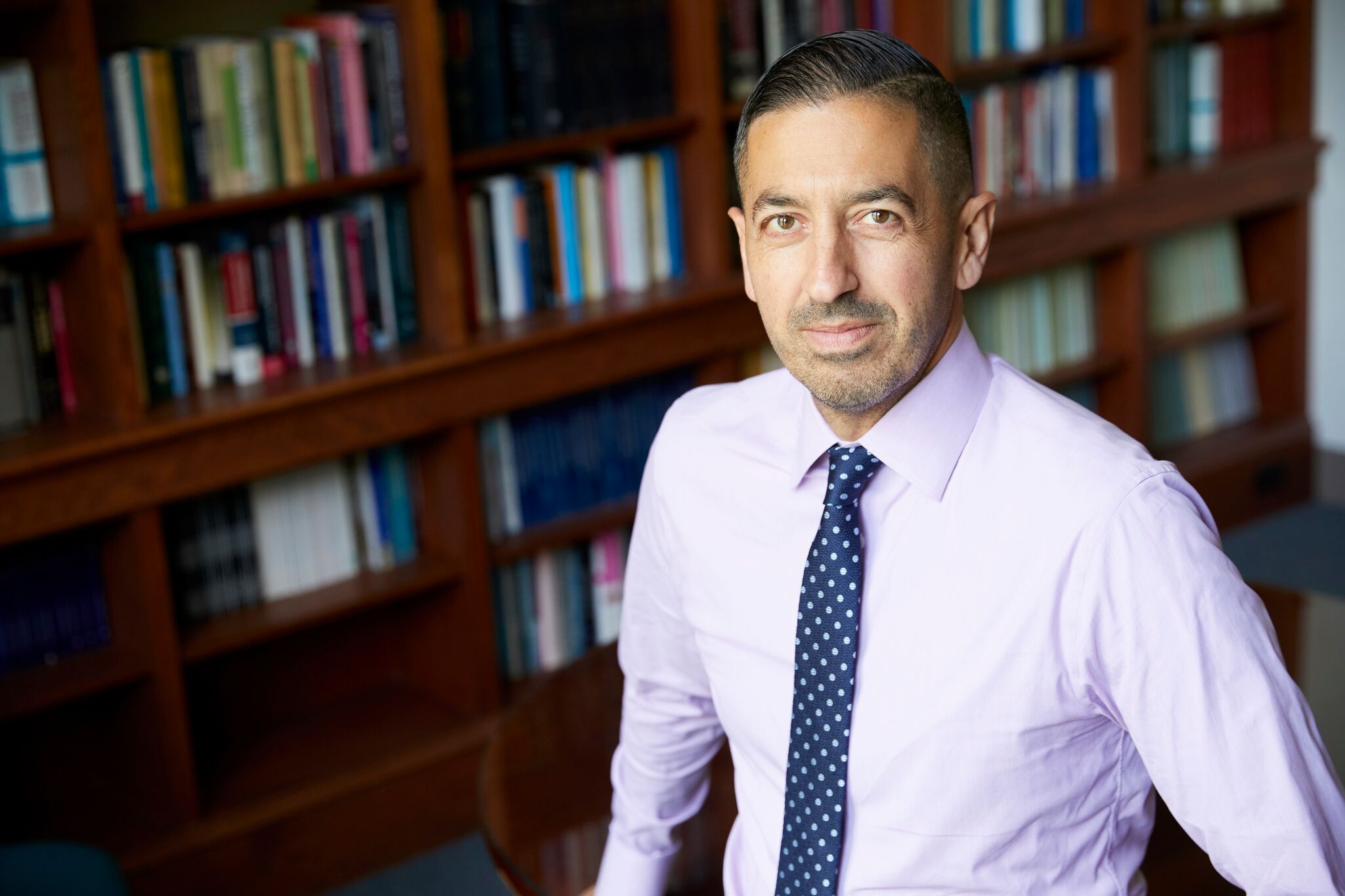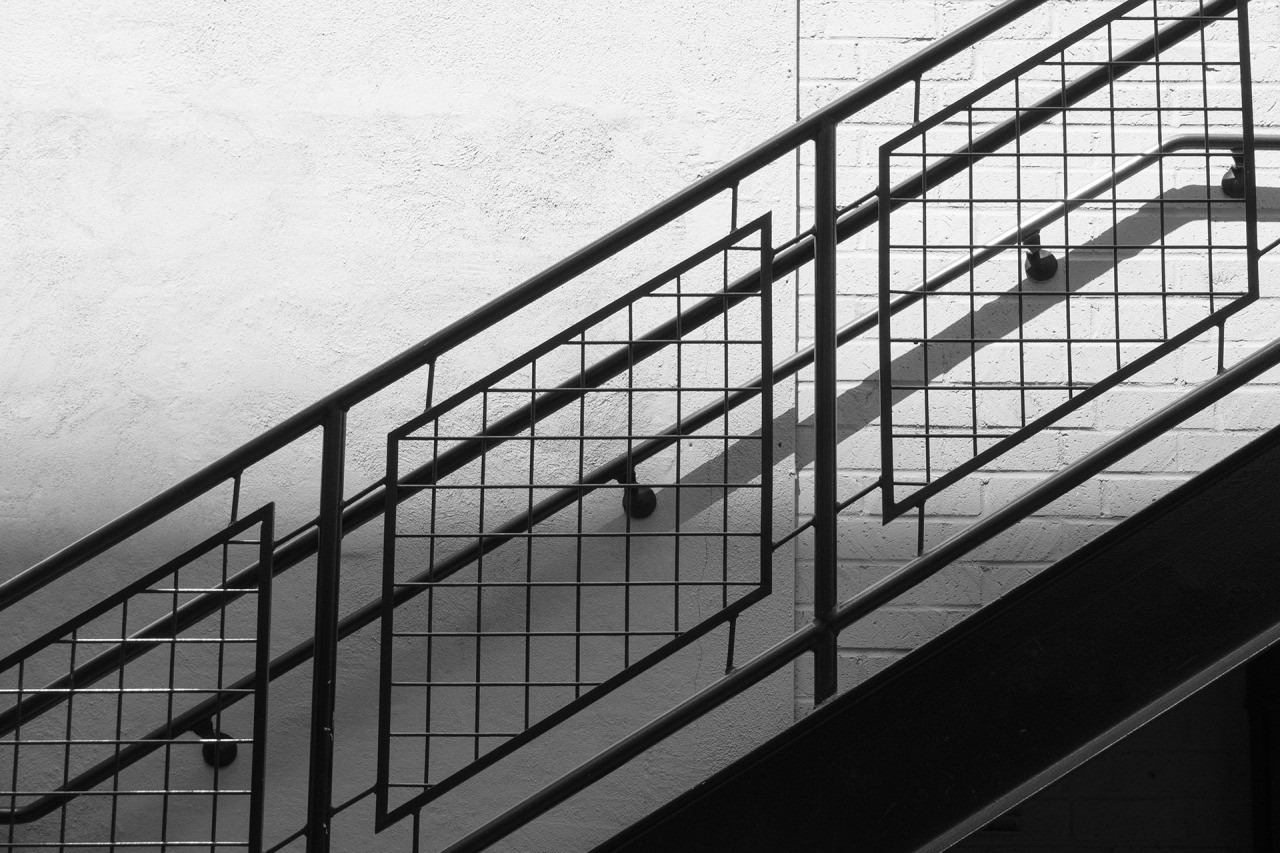The 2016 election surfaced profound divides in American society. These divides manifested along a number of fault lines — particularly around race, ethnicity and gender. At core, however, this election hinged on national divides stemming from deep frustration, even despair, over the growing socioeconomic inequality in the United States, and its tangible consequences.
Our social divides have been increasing over the past two decades. In Trends in Family Wealth, 1989 to 2013, the US Congressional Budget Office found the aggregate family wealth in this country to be $67 trillion in 2013, more than double the amount of family wealth in 1989. This increase, however, has been shared far from equally. In 2013, 76 percent of all family wealth was held by families in the top 10 percent of the wealth distribution. Intergenerational transmission of this wealth has created large, and persistent, wealth disparities between groups. This has led to the other side of wealth in America — poverty.
The number of Americans living in poverty has remained frustratingly persistent over many decades. There were 46.7 million Americans, or about 15 percent of the population, living in poverty in 2014. This is the fourth consecutive year of the national poverty rate remaining statistically the same. Between 2009 and 2012, 34.5 percent of the population had at least one period of poverty lasting two or more months.
The scale of poverty in the US suggests that vast numbers of Americans live in an entirely different world than those at the top of the economic ladder. Dramatic as this difference is, startling racial gaps that exist within the overall poverty rate are, in their way, just as alarming as the widening gulf between the very rich and the very poor. Among non-Hispanic whites, the poverty rate was 10.1 percent (19.7 million people). By contrast, Hispanics had a rate of 23.6 percent (13.1 million people), and black Americans had a rate of 26.2 percent (10.8 million people).
These gaps in wealth are indicative of deeply entrenched, structural disparities that persist in this country. Indeed, racial disparities are in many ways symptomatic of the foundational social, economic, and cultural forces — like racism, mass incarceration, and the absence of affordable housing — that have allowed poverty to thrive on a grand scale in the wealthiest nation on earth.
Over the past few decades, the consequences of these socioeconomic divides are becoming ever more tangible, perhaps more so in health than in many other areas. These gaps manifest as deep, entrenched, and ineluctable health divides. Over the past 15 years, US life expectancy has increased for middle- and upper-income Americans. On the other hand, Americans at the bottom of the economic ladder have seen little or no life expectancy increase, lagging ever-further behind the rest of the population.
In addition to shortening lives, poverty undermines overall wellbeing, affecting health on multiple levels. The obesity epidemic, for example, is a worrisome trend affecting America’s poor. Driven largely by a lack of affordable, nutritious food, this crisis has fueled rates of diabetes, heart disease, and other obesity-related conditions in impoverished communities. The poor are also more likely to smoke, less likely to breathe clean air, and are subject to all the daily stressors — and attendant mental health problems — of economic insecurity.
Taken together, these factors highlight the broader web of circumstance that inescapably reinforces or undermines health. With a good education comes good jobs and the ability to live in safe neighborhoods, driving a “cycle of health.” Unfortunately, many Americans are excluded from this cycle. Income inequality has created a chronically marginalized class within the US, one that lacks money, yes, but also lacks the education, social capital, and political agency that money can provide and that lead to better health.
This teaches us that the inequality that characterizes the US in 2016 is unavoidable if we are to improve health nationwide, if we are to alleviate the poor health that characterizes many parts of the country and that fueled, in no small part, an alienation that led to the election of Donald Trump. The rise of Donald Trump was fueled by the President-elect’s ability to speak to the grievances of this class, coupled with the implicit promise that he will indeed be able to help fix some of these divides, and narrow these health gaps.
The tumultuous months of the last year-and-a-half have, for all their negativity, placed the problem of income inequality at the center of the public debate — a very positive development. It makes it clear that it is imperative that we tackle underlying inequalities if we are to narrow achievement gaps on all axes, including health. It is no longer possible to deny that there are millions of Americans whose economic reality is truly bleak; whose health is truly poor. It would be a shame if we turned away from this picture, now that we can see it clearly.
Originally published at medium.com


